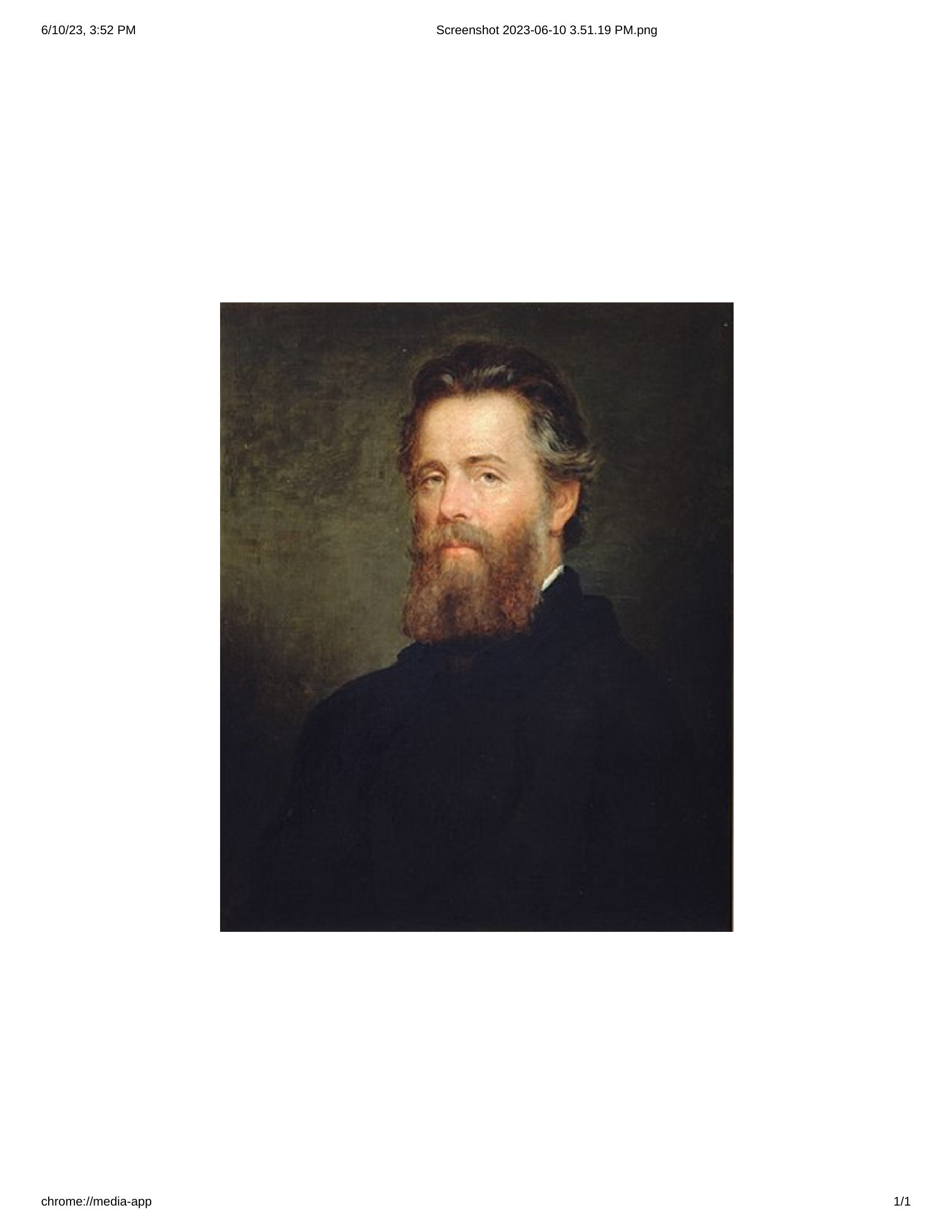Six Veins Of Reverie Poem by Denis Mair
Six Veins Of Reverie
Few writers have such a precise aerodynamic feel for reverie that they would launch themselves on twenty-page extended flights without looking back. Herman Melville spins the airiest reveries and makes them part of the stories he tells. More than that, he makes each novel a testing ground for a particular variety, so you can read his oeuvre as a typology of reveries.
In REDBURN: HIS FIRST VOYAGE, the sailor-boy on a London dock has nothing to look forward to but thin gruel for supper. His pay had been docked because he dropped a hammer into the waves. Even so, just listening to the music of an old organ grinder conjures a panoply of wonders before his mind's eye. No hardship can defeat his power to fantasize romantically.
In TYPEE his 22-year-old eye noted the incongruities splashed up by the waves of 'civilizing' influence that hurled themselves at unknowing South Sea islanders. They had no idea what a tsunami was coming. No ethnographer could have caught so many uncanny details and woven them into a contemplation of what lie in store for those hapless souls, who only wanted to find a liveable position for themselves between two worlds.
In WHITE JACKET, he watched himself compulsively sew reinforcing layers on his canvas coat, trying to keep warm in driving sleet. He was bemused by the sodden, shapeless mass the coat became: it reminded him of who he was becoming as his attempts to define himself accumulated like layers of castoff cloth.
In MOBY DICK, my twelve-year-old self could not grapple with the ultimate questions that were raised, but the story carried me along like a 'Nantucket sleighride.' When I read it again in college, I had to pore my way through the grand moral themes. The whiteness of the whale could appear malevolent, because human nature seeks a blankness into which it can read its own heights and depths. Looking back on my youthful perusal, I realized that my imagination had transformed the grand philosophizing into a gothic-style backdrop for an adventure tale, or an orchestral accompaniment to a tempest.
In PIERRE, the tale told by the narrator's half-sister tested his understanding of sanity. He did not know she had been hidden away since infancy in an insane asylum, conversing in an idiolect compounded of all the ravings she had been exposed to while learning to speak. He was bewitched and bewildered by her. In order to protect her, he cut himself off from respectable society and entered a communal living arrangement with a group of misfits. He began to ask himself what it takes to pull back from the edge of madness, and to imagine the plunge if one slips over the edge. The book was written in 1850. Even then, Melville's active imagination made the parallel cracks between boards on the floor look like electric wires, conducting soul-vibrations between himself and the person in the next room.
In CLAREL, a group of seekers meet while making a tour through the Holy Land. They are not zealous believers, but they were drawn here because this is a setting where the deepest imponderables of human fate are laid bare. Each evening the travelers tell what led them to make this pilgrimage; they discourse on faith and nothingness and love's place amid the blind forces of history. Each one taps a reservoir of private reflections to deliver prophetic outpourings. Each finds this barren, stony place to be emblematic of the ground that humankind has yet to traverse.
From Herman Melville I learned the language of reverie. I look forward to embarking once again.

This poem has not been translated into any other language yet.
I would like to translate this poem